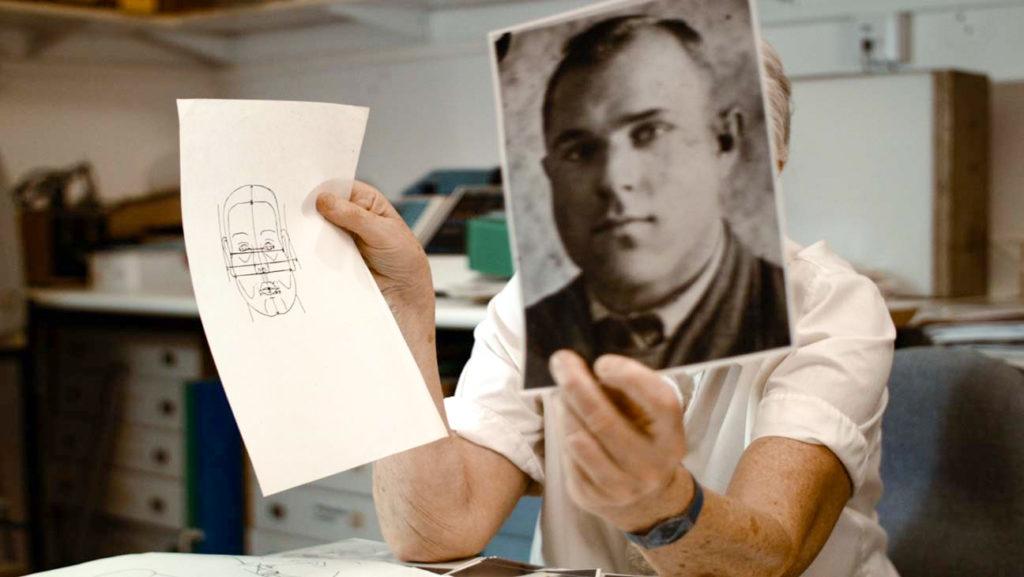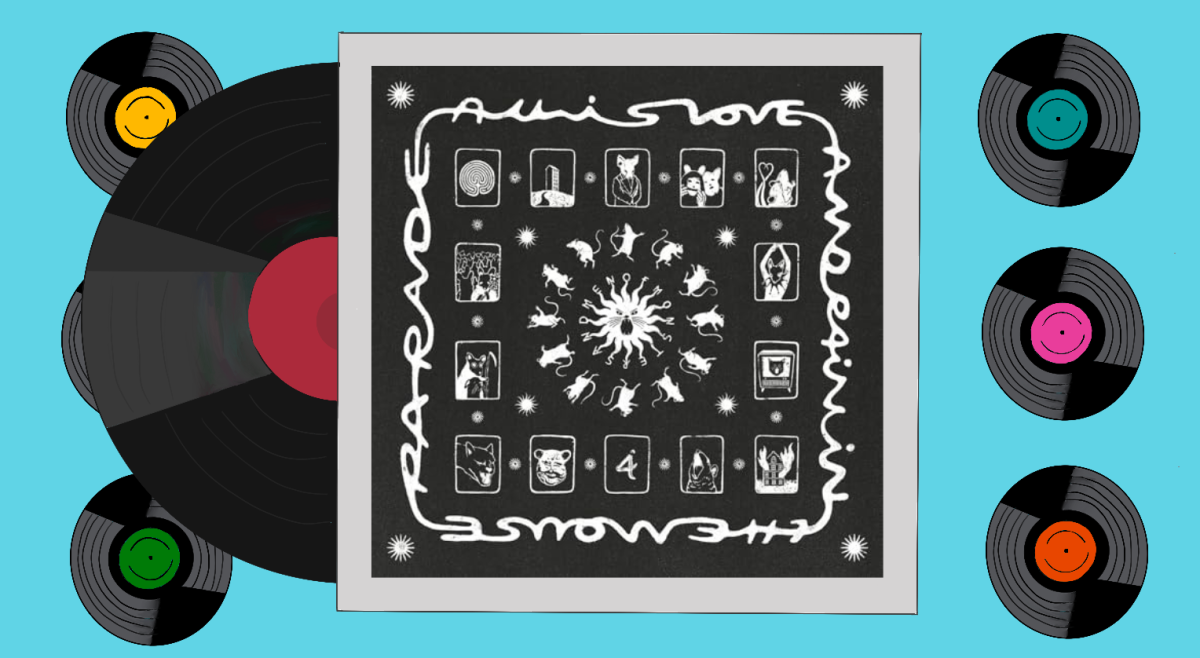
The misguided pursuit of justice is under scrutiny in Netflix’s latest docuseries, The Devil Next Door. The focus of the five-episode series is the trial of John Demjenjuk, a Cleveland man forced onto the international stage when he was accused of being Ivan the Terrible—a Nazi prison guard at Treblinka notorious for inhumane acts of violence.
Short in length yet powerful, The Devil Next Door explains Demjanjuk’s trial from start to finish through all of its various twists and turns. The intense drama of the case enables the series to appeal to a broad demographic while simultaneously remaining faithful to the history of such an important case.
Before he became notorious, John Demjenjuk was an average man working for an automobile factory in Cleveland. Accounts from grandchildren and former coworkers painted him as a modest family man. His accusation poses the question of how a supposed sociopath has been capable of blending into society after committing unspeakable atrocities. Is Demjenjuk truly Ivan the Terrible, or is it all a terrible mistake?
The series presents the lawyers and witnesses in the case as if they are characters in a fictional television show. As the case intensifies, the way they behave is telling of the highly dramatic nature of the trial itself. In particular, the treatment of Demjanjuk’s Jewish Israeli defense lawyer, Yoram Sheftel, is symbolic of the series’ overarching dissection of how our desire to seek closure can obscure our perception of truth.
From the beginning, Sheftel never discounts the barbaric actions of Ivan the Terrible, but approaches the case simply as a problem of mistaken identity. Sheftel’s decision to represent Demjanjuk makes him appear like a traitor to Jewish society and someone who values his career over his reputation. As the trial continues and the cracks in the prosecution’s case surmount, however, viewers begin to recognize what Sheftel understood since the start: the need to blame only obscures the truth.
The series is constructed in a manner that emphasizes primary sources, creating an experience that takes viewers through the trial as if they were watching it unfold in real time. News reports, testimonies, and interviews guide the audience, enhancing their understanding of the case by providing accounts of people who directly determined how the trial played out.
The testimonies of the witnesses brought to the stand by the prosecution are chilling, and leave an impression that lasts long after the credits begin to roll.They bring an increased urgency for justice for Ivan the Terrible’s victims and work to further pit viewers against Demjanjuk.
The series itself excellently displays how the trial was influenced by historical events. The warming of relations between the United States and the Soviet Union led the Soviets to release profiles of Nazis thought to have escaped into society. Their combined commitment to pursue these men became a unifying force that brought the two nations closer.
At the start of the series, it’s hard to imagine how a person could so easily blend into society after committing such savage acts. But, with Demjanjuk’s inability to be convicted, the real surprise turns out to be how easy it is for raw emotions to drive a misguided pursuit of justice.
The Devil Next Door depicts much more than one man’s trial. It forces viewers to ponder how to heal the wounds left by history, and leaves them with the unsettling thought that maybe that goal will always remain unrealized.
Featured Image by Netflix



















